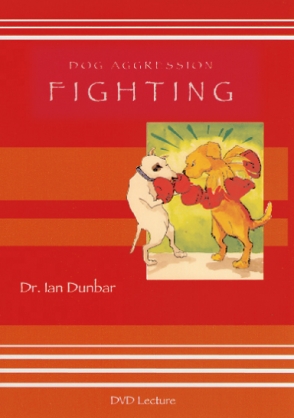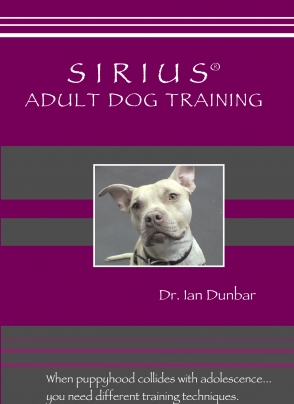In this DVD lecture, veterinarian and animal behaviorist Dr. Ian Dunbar addresses one of the most worrying behavior problems any dog owner can face — dogs that fight.
Diversity Dilemma in Dogs
In 1990, I wrote an article entitled, Eugenics or Dysgenics, for my Behavior column in the American Kennel Club’s Gazette. Since then, the problem of inbreeding and the resultant health problems and decreased life-expectancy of pure-bred dogs have worsened considerably, largely due to the over-breeding of a small number of males in any breed.
Last night, the BBC aired a documentary entitled Pedigree Dogs Exposed — the results of a two-year investigation into dog health. The program showed Boxers with epilepsy, Pugs with breathing difficulties, Bulldogs who were unable to mate or give birth without assistance, plus a prize-winning Cavalier King Charles Spaniel with a condition that occurs when the dog’s skull is too small for the brain.
The BBC documentary comes on the heels of report of a study released from the Imperial College (London University). Researchers analyzed the Kennel Club database for 10 breeds — Akitas, Boxers, Chow Chows, English Bulldogs, English Springer Spaniels, Greyhounds, German Shepherd Dogs, Golden Retrievers, Labrador Retrievers and Rough Collies. With the exception of Greyhounds, all the other nine breeds were found to be extremely inbred, resulting from numerous father-to-daughter and brother-to-sister matings. For example, Boxers were so closely related to each other, that the 20,000 Boxers in the study were estimated to have the genetic variation of a population of just 70 individuals.
Professor Baldwin hopes that “…dog breeders will make it a high priority to increase the genetic diversity within different breeds. Otherwise, we will see growing numbers of dogs born with serious genetically inherited health problems.” The report emphasizes the need to breed from a larger number of males in order to lessen the dog’s chances of inheriting genetic disorders. Of the ten breeds studied, Golden Retrievers had the smallest percentage of dogs that were sires (5%).
Ruthless selectively breeding for conformation, coat color and cuteness has had extremely deleterious effects on health and life expectancy. I love purebred dogs as much as I love mixed-breeds, but I would love for them to be healthier and live longer. Surely, it would be a no-brainer to breed for health and longevity at the same time as breeding for conformation. The solution, of course, is simple — only to breed from unrelated healthy male dogs that are at least seven years old. Longevity is simply the very best overall indicator of health, fit genes and good behavior and temperament.
For more information, check out the BBC story or read Beverly Cuddy’s blog.
What are your thoughts on the issue of breed health and diversity? Do you have a purebreed dog with congenital health problems? Do you know what health issues are common in your breed or breed-mix?










